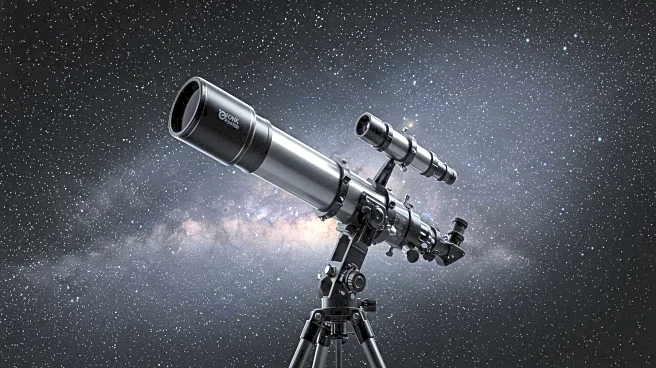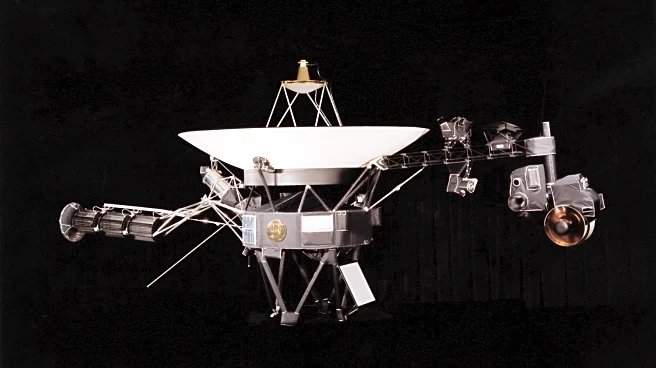Rapid Read • 7 min read
The James Webb Space Telescope (JWST) has conducted an extragalactic survey, revealing fainter and more distant objects than previously observed. This survey revisits the Hubble Ultra Deep Field, a composite image from 2004 that showcased nearly 10,000 galaxies. JWST's new survey, named the MIRI Deep Imaging Survey (MIDIS), has identified 2,500 additional structures, some dating back to the universe's earliest periods. Utilizing the Mid-Infrared Instrument (MIRI) and Near-Infrared Camera (NIRCam), the telescope captured images over nearly 100 hours, revealing galaxies in mid-infrared light, which are not visible to the human eye.
AD
The findings from the James Webb Space Telescope provide significant insights into the universe's formation and evolution. By identifying more distant galaxies, scientists can better understand the conditions of the early universe. This advancement in astronomical imaging technology allows researchers to explore cosmic phenomena beyond the capabilities of previous telescopes, potentially leading to new discoveries about galaxy formation and the universe's expansion. The ability to observe in mid-infrared light opens up new avenues for studying cosmic dust and star formation processes.
Future observations by the James Webb Space Telescope are expected to continue uncovering distant cosmic structures, enhancing our understanding of the universe's history. Researchers will likely focus on analyzing the newly discovered galaxies to determine their composition and formation processes. The ongoing comparison between JWST and Hubble's observations will provide a deeper understanding of the universe's evolution, potentially influencing future space exploration missions and astronomical research.
AD
More Stories You Might Enjoy











